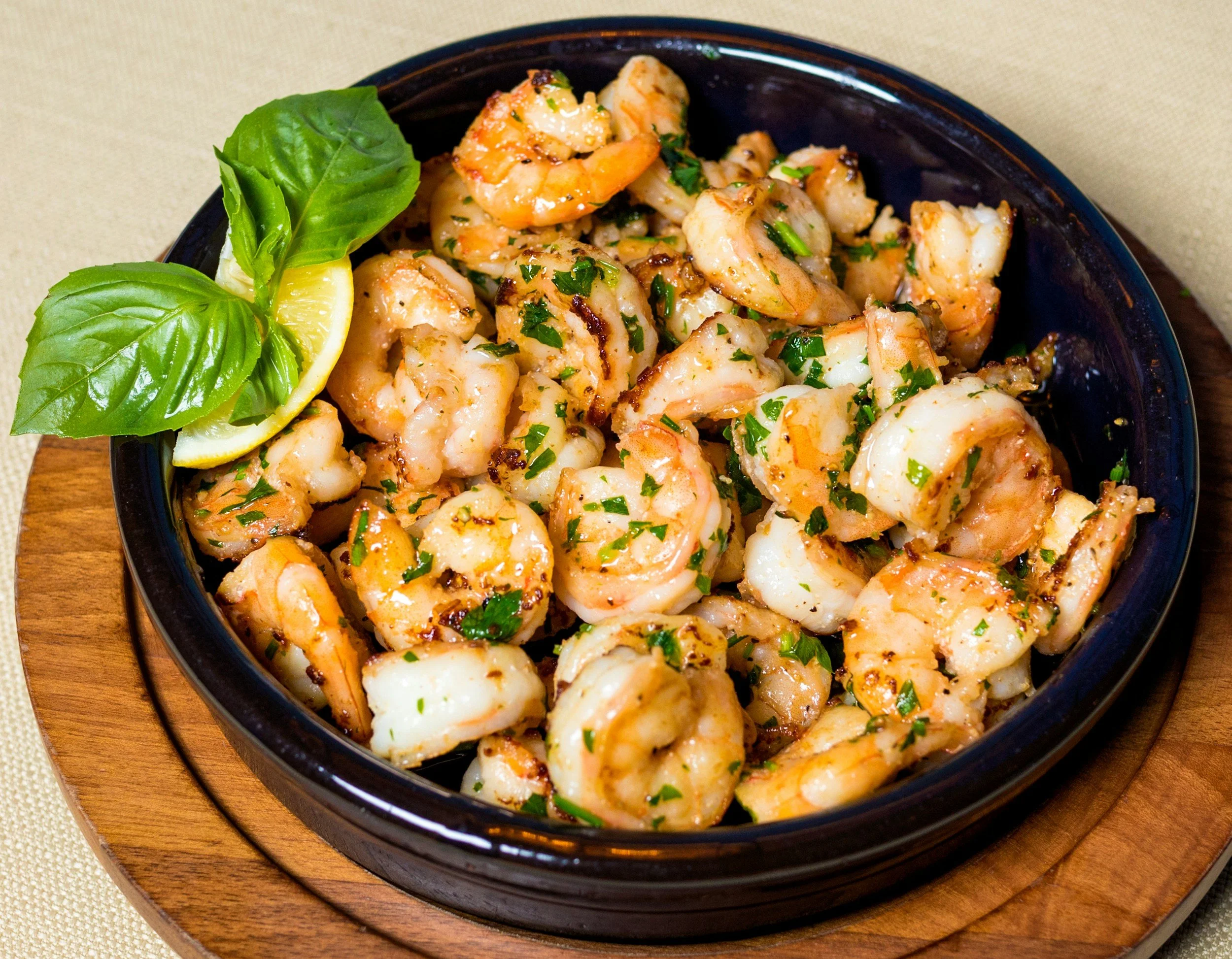How to Ensure Your Candles Are Vegan and Sustainable
/An ethical guide to illuminating your space with peace of mind
Candles offer more than just soft lighting. They create ambiance, evoke emotion, and add ritual to everyday moments. From quiet mornings to introspective evenings, they help us carve out space for ourselves. But for the eco-conscious and ethically minded, not all candles are created equal. Many mass-produced options contain hidden animal products or rely on environmentally harmful practices that run counter to the peace they aim to bring.
The good news? It’s entirely possible to enjoy your favorite scents and flickering flames while staying true to your values. Whether you’re buying candles or making them yourself, here’s how to ensure they’re vegan, sustainable, and soulfully made.
1. Skip the Paraffin
Paraffin wax is one of the most commonly used candle bases because it’s cheap and readily available. But it’s also a by-product of petroleum refinement—essentially a leftover from the oil industry. When burned, paraffin can release toxic compounds like benzene and toluene into the air. These aren’t just bad for the environment, they’re harmful to your indoor air quality and your health.
Instead, look for plant-based alternatives that are better for both the planet and your lungs:
Soy wax – Made from soybeans, soy wax is biodegradable, renewable, and burns cleaner than paraffin. It also holds fragrance well, making it a popular choice for natural candle makers.
Coconut wax – This soft, slow-burning wax is made from sustainably harvested coconuts. It’s often blended with other waxes for improved performance and has a creamy appearance that adds to its luxurious feel.
Rapeseed (canola) wax – A lesser-known but incredibly eco-friendly option, rapeseed wax is grown primarily in Europe, where environmental regulations are stricter. It has a low carbon footprint and supports local agriculture.
When you choose waxes like these, you’re opting for a cleaner burn, fewer toxins, and a smaller environmental footprint.
2. Choose a Clean, Cruelty-Free Wick
It’s easy to overlook the wick, but this tiny element plays a big role in how cleanly your candle burns. Some wicks, especially in older or low-cost candles, contain metal cores that can release heavy metals like lead into the air.
Look for:
Cotton or hemp wicks – These are natural, biodegradable, and give a consistent burn.
Wooden wicks – These are sustainably sourced and create a soft crackling sound that adds to the ritual of lighting a candle. They also offer a more even burn and are visually striking.
The best wicks are untreated, free from chemical stiffeners, and not bleached or dyed.
3. Be Picky About Fragrance
Scent is arguably the most defining feature of a candle, but it’s also where things can get complicated. Many mass-produced candles use synthetic fragrance oils derived from petroleum, which often contain phthalates, which are endocrine disruptors that can harm both people and wildlife.
To keep your candle experience safe and vegan:
Opt for essential oils – These plant-derived oils are natural, aromatic, and often therapeutic. Lavender, eucalyptus, and clove are common examples.
Check for phthalate-free labels – If you’re using a synthetic fragrance, ensure it’s labeled as phthalate-free and cruelty-free.
Natural fragrance blends tend to have more subtle, layered scent profiles that evolve as the candle burns, offering a sensory experience that’s grounded, not overwhelming.
4. Watch for Hidden Animal Ingredients
It’s easy to assume that a candle is vegan if it doesn’t contain beeswax, but there are other animal-derived ingredients to watch for:
Beeswax – Often marketed as a natural alternative, but it’s an animal by-product and not vegan.
Stearic acid – Commonly used to harden wax and improve burn quality. It can be derived from plants or animal fat, so transparency from the maker is key.
Carmine – A red dye made from crushed beetles, often found in richly colored candles.
If the ingredients aren’t listed on the label, don’t hesitate to reach out and ask. Ethical brands will welcome the opportunity to share more about their materials.
5. Sustainable Packaging is Part of the Picture
What a candle comes in matters just as much as what it’s made from. Packaging waste is a major environmental issue, especially when it includes non-recyclable plastics or excessive materials.
Choose candles that come in:
Recyclable or reusable containers – Glass jars, ceramic vessels, or metal tins are ideal.
Minimal, compostable packaging – Paper boxes, shredded paper filler, or seed paper tags are great options.
Plastic-free shipping – From mailers to tape, look for brands that use biodegradable or recyclable alternatives to plastic.
At the end of a candle’s life, a thoughtfully designed container should be something you want to keep—whether you repurpose it for storage, plant propagation, or simply as décor.
6. Support Brands That Share Your Values
The most direct way to vote for sustainable, cruelty-free practices is with your wallet. Supporting small, values-driven makers encourages more transparency and integrity across the industry.
A shining example is Mourning Light by In Mourning. This gothic-inspired candle line is handcrafted with plant-based waxes, essential oils, and cruelty-free materials. Every aspect, from ingredients to packaging, is thoughtfully designed to reduce waste and honor slow, intentional creation. The candles are poured in small batches, each one evoking a sense of ceremony and shadowy beauty.
Rooted in mental health advocacy and alternative culture, Mourning Light isn’t just a product: it’s a movement toward more meaningful, sustainable living.
7. Don’t Be Afraid to Ask Questions
Transparency is a hallmark of ethical brands. If a product doesn’t list its ingredients or clarify whether it's vegan, it’s worth asking. A reputable candle maker will gladly explain their materials, sourcing, and production practices.
Questions to ask:
Is the wax 100% plant-based?
Are the fragrance oils phthalate-free and cruelty-free?
What materials are used in the wick?
Is the packaging recyclable or compostable?
These conversations not only help you make better choices, they encourage brands to stay accountable.
Final Thoughts
Creating a cozy, candlelit moment shouldn’t come at the cost of your ethics—or the planet. Whether you're lighting a candle for relaxation, ritual, or simply to add warmth to your space, being mindful of your choices makes a difference.
Vegan and sustainable candles aren’t just a trend—they’re part of a larger shift toward conscious consumerism. By choosing candles made with intention and care, you’re helping shape a world where beauty, ritual, and responsibility can coexist.
About the Author
Travis LeSaffre is the founder of In Mourning, a gothic lifestyle brand blending dark aesthetics with mindful craft. Their candle line, Mourning Light, is designed to bring ritual and reflection into daily life through vegan, sustainable materials and slow production methods. Explore more at inmourningcult.com.










































Back in 2015, a predictable public outrage and panic followed the "60 Minutes" report that blamed Lumber Liquidators for offering laminate flooring, manufactured in China, that was tainted with larger-than-permitted levels of formaldehyde. The company immediately went into damage control mode, offering buyers free home air quality test kits among other things. Many people who purchased the tainted products wondered whether the flooring had already done irreparable harm to their health.